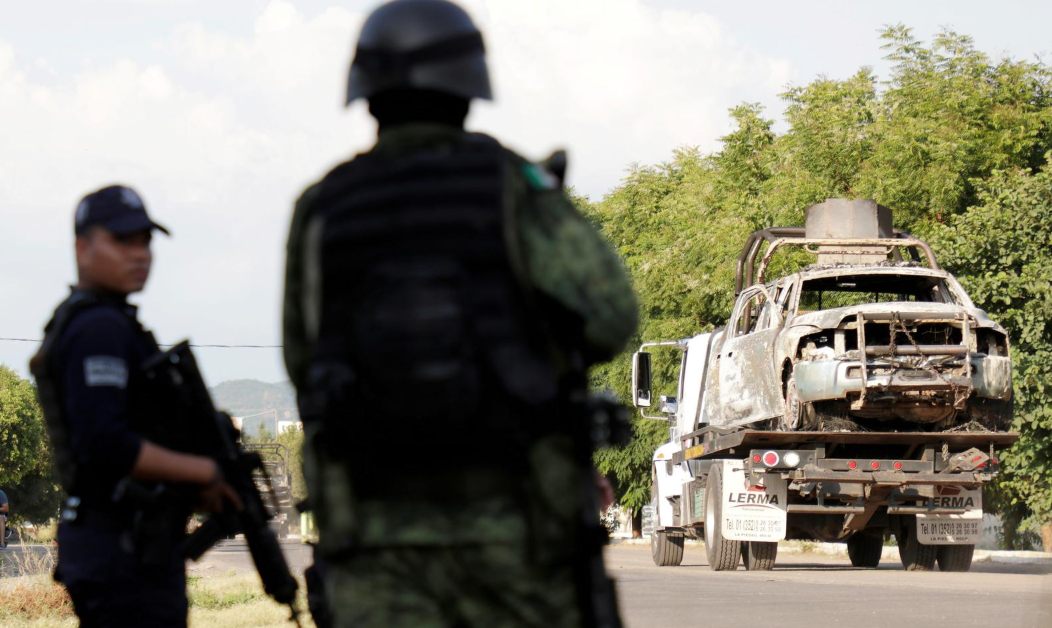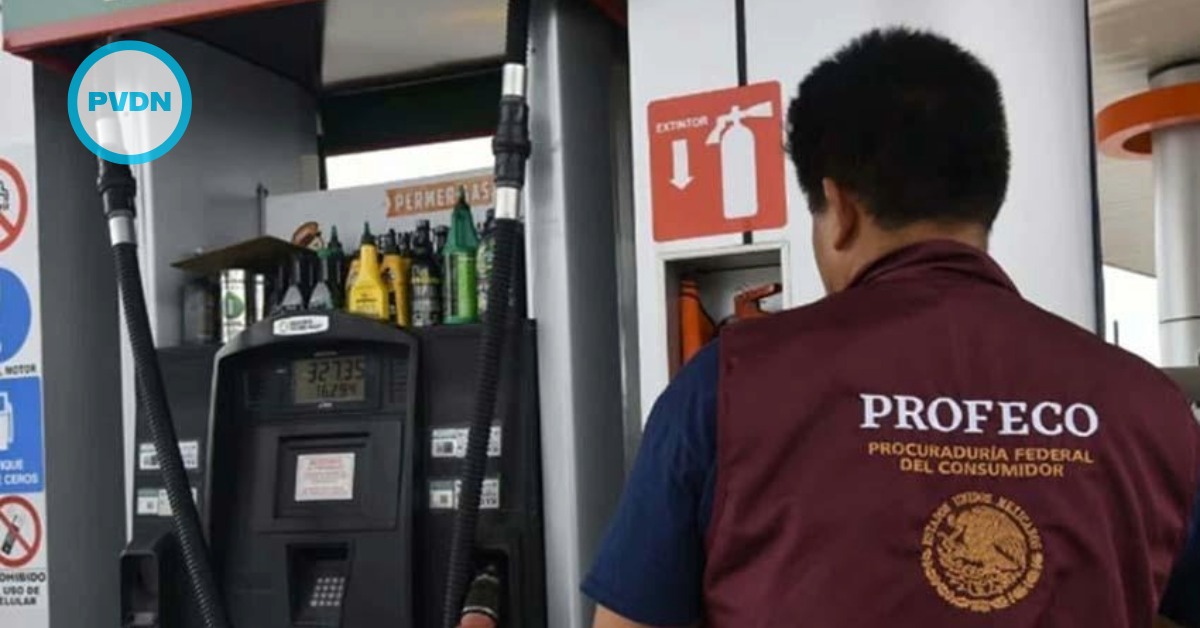Mexico’s drug war appears to be back — and it may be worse this time around than in the bloody years of the government’s 2006-2012 offensive against drug cartels.
Back then, the worst of the violence was confined to a few cities. Now it is spread out throughout the country. Once it was not uncommon for gangs to kill adults but leave children unharmed. Now, the killing of children alongside their parents has become all too frequent.
Perhaps the most disconcerting change: Bloody cartel violence outraged Mexicans and captured international attention for the drug war, which saw 27 . . .






